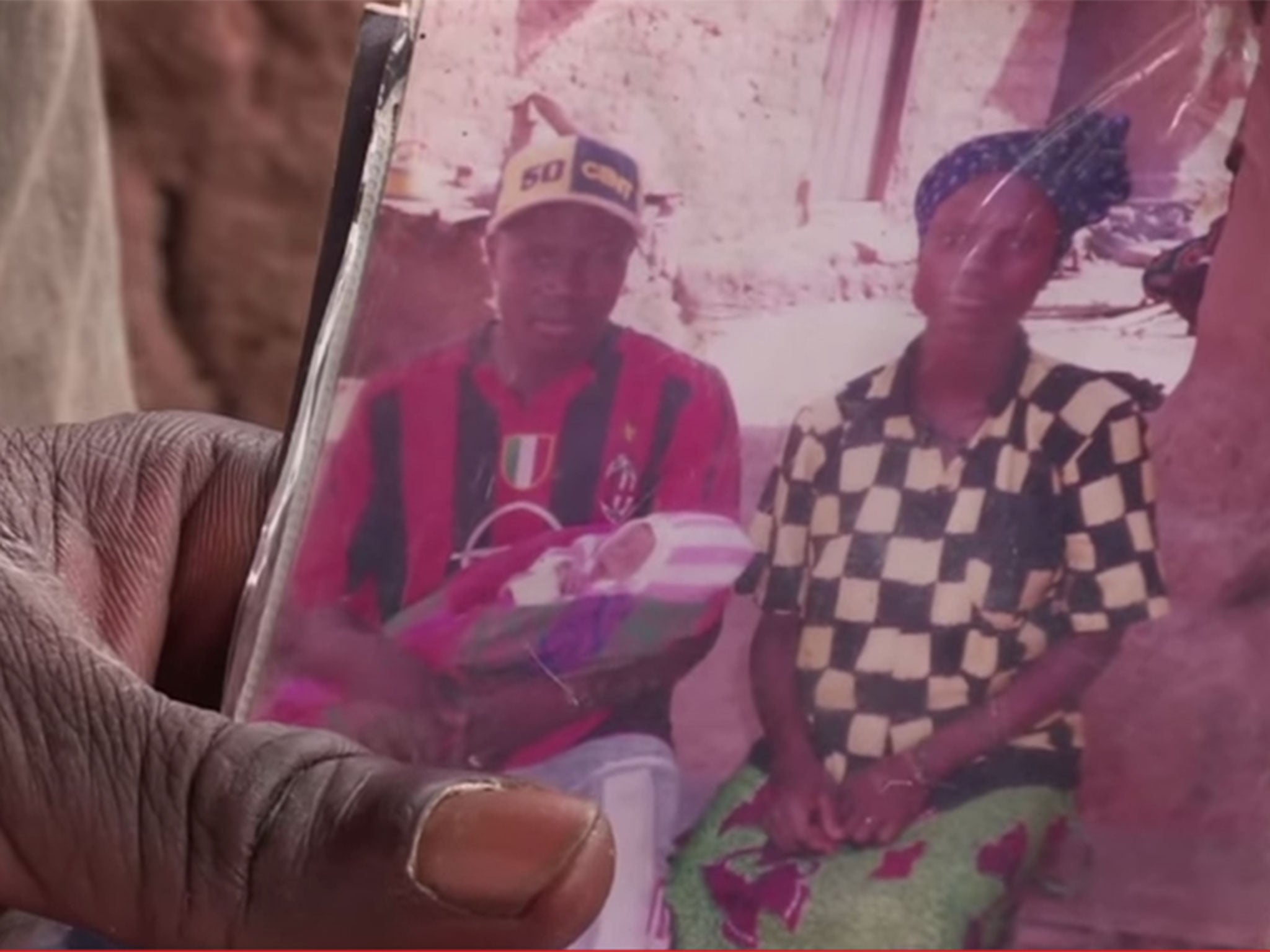Ebola outbreak's 'Patient Zero' identified as a two-year-old boy from Guinea named Emile Ouamouno
From Emile, the deadly virus spread around the world and has now killed close to 5,000 people

Your support helps us to tell the story
From reproductive rights to climate change to Big Tech, The Independent is on the ground when the story is developing. Whether it's investigating the financials of Elon Musk's pro-Trump PAC or producing our latest documentary, 'The A Word', which shines a light on the American women fighting for reproductive rights, we know how important it is to parse out the facts from the messaging.
At such a critical moment in US history, we need reporters on the ground. Your donation allows us to keep sending journalists to speak to both sides of the story.
The Independent is trusted by Americans across the entire political spectrum. And unlike many other quality news outlets, we choose not to lock Americans out of our reporting and analysis with paywalls. We believe quality journalism should be available to everyone, paid for by those who can afford it.
Your support makes all the difference.The first patient to be infected at the start of the current global Ebola outbreak has been identified as a two-year-old toddler from Guinea named Emile Ouamouno.
In a study for the New England Journal of Medicine, a team of experts had traced the disease to the village in Guéckédou, in southeastern Guinea, by reviewing hospital documents and speaking to those involved.
Now the identity of the very first traceable person to have contracted the disease – the so-called “Patient Zero” for the outbreak that has killed more than 4,900 people – has been revealed in a report exposing the long-lasting effects of stigma surrounding Ebola.
Speaking to the Daily Maverick’s Suzanne Beaukes, Etienne Ouamouno said his son Emile had “liked to listen to the radio” and “play with a ball” before he died on 6 December last year. His death was followed by that of his older sister and then his moth – but it was not until March 2014 that the spreading virus came to the attention of the World Health Organisation.
In the space of four months after Emile’s death, his village buried a total of 14 residents. But the agony is not over for those who survived – ostracised by nearby towns and cities, they became trapped in a cycle of isolation and further poverty.
Fassou Isidor Lama, a child protection officer for the charity Unicef, said: “We noticed that with this crisis, which is almost a humanitarian catastrophe, people flee their villages, and abandon their families and their children.
“They reject the infected children and the other infected family members.”

Amadou Kamano, the chief of Emile’s village, said residents were no longer able to sell their farmed goods in the wider region because “nobody wants to buy our products”, and fear led those living at the Ebola epicentre to desperate measures. He said: “People burned everything. Now we are even poorer than we were before.”
Charting the transmission of Ebola from Emile’s family to the wider region and abroad, epidemiologists identified Guéckédou as lying at a crossroads between Guinea, Liberia and Sierra Leone, giving the disease easy access to these three worst-affected countries.
Join our commenting forum
Join thought-provoking conversations, follow other Independent readers and see their replies
Comments